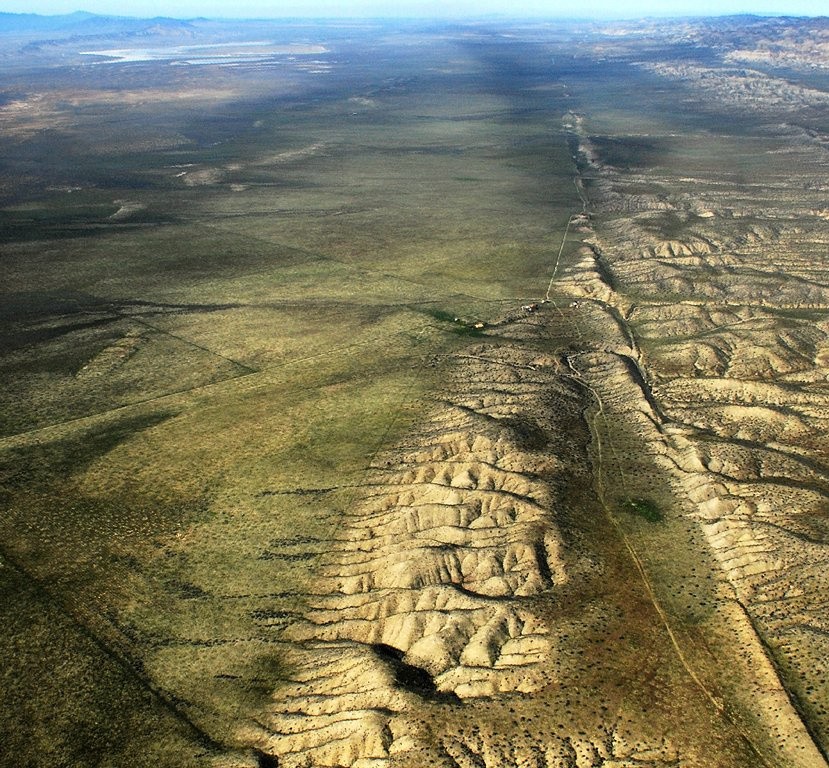The San Andreas Fault in California is well-known for a reason: it is approximately 800 miles long and was responsible for the devastating 1906 San Francisco earthquake. It might also unleash "The Big One" in the future.
San Andreas Fault

Professor Andrew Lawson of UC Berkeley, who found the northern zone, discovered the fault in 1895. San Andreas Lake, a tiny body of water that developed in a valley between the two plates, is generally credited with the name.
Lawson, however, called it after the adjacent San Andreas Valley, according to some of his papers from 1895 and 1908. Lawson determined that the fault stretched into southern California after the 1906 San Francisco earthquake.
A Sudden Discovery
Its allegedly tranquil midsection has long been far more busy and hazardous than its northern and southern reaches.
That isn't the case, as it turns out. According to recent research published in the journal Geology, multiple large quakes have been recorded in the fault's center area, indicating possible future threats.
An international team of experts studied samples of rock core found 1.98 miles beneath the surface of the fault's major portion.
Aseismic Creep
The problem is distinct from the two system tips there. For years, the plates on each side of the fault line have been building up pressure in the north and south.
The plates, however, engage in what is known as an aseismic creep in the core region of the fault, which is a sluggish, continuous movement that does not build up the same forces as it does elsewhere along the fault.
Looking for More Evidence
The researchers sought evidence of earlier temperature increases that would have arisen from the "slip" that causes an earthquake to see if the creeping region was responsible for previous earthquakes.
They discovered evidence of over 100 previous earthquakes, some with magnitudes of 6.9 or higher. This is equivalent to the Loma Prieta Earthquake in 1989, which claimed 63 lives, injured over 3,700 people, and caused $6 billion in damage in San Francisco.
The center quakes appear to have occurred at least 2,000 years ago, but that doesn't rule out the possibility of another huge one in the future.
Although the evidence suggests that the middle area of the fault is more dangerous than previously assumed, the researchers argue that because of changes in building standards and expanding geologic understanding, there is no need to be concerned.
It does suggest that aseismic creep might cause earthquakes of greater magnitude than previously assumed, and the new information will aid seismologists in revising their risk calculations.
In a news release, geologist Stephen Cox of Columbia University's Lamont-Doherty Earth Observatory said, "Seismic occurrences are unavoidable." "Work like this... assists everyone in their preparation."
The 'Big One'
The 'Big One' is a hypothetical earthquake with a magnitude of 8 or higher predicted to strike the San Andreas Fault. Human civilization will be destroyed within 50-100 miles of the seismic zone, particularly in urban places like Palm Springs, Los Angeles, and San Francisco.
The San Andreas fault has achieved a sufficient stress level for an earthquake with a magnitude larger than 7.0 on the moment magnitude scale, according to research published in the magazine Nature in 2006. This study also discovered that the likelihood of a big earthquake is rising faster than experts previously thought.
For similar news, don't forget to follow Nature World News!
© 2026 NatureWorldNews.com All rights reserved. Do not reproduce without permission.





